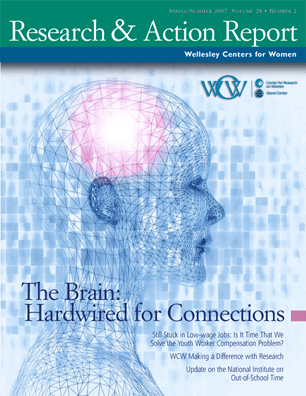Afterschool practitioners and youth workers play a critical role in today’s society, serving as positive adult role models, mentors, coaches, tutors and friends for young people, and a vital support for working parents. Too often, however, these practitioners do not receive the recognition or resources they need to feel valued in their work by the public and, more importantly, by their employers. While most youth workers are educated, satisfied and committed to making a difference in the lives of the children and youth they serve, too many report being underpaid, underappreciated, and at times overworked, often holding down multiple jobs just to make a living wage. Stress and burnout are all too real and recruitment of qualified administrators and staff remains challenging. For our most vulnerable youth who depend on quality out-of-school time programs, it is imperative that private and public policy makers understand the domino effect that results from underpaid youth workers.
Can research make a difference? Some view research as a useless ivory tower activity of little meaning. Others expect that research will be so compelling that policy makers will immediately adopt the recommendations. Still others find the plethora of research confusing and contradictory. If research is to make a difference, four conditions must be met. Effective research must 1) be guided by explicit paradigms, 2) be informed by experience and practice, 3) use methods appropriate to the goals, and 4) get into the right hands, the right forums, the right boardrooms.
Q&A with Amy Banks, M.D. and Judith Jordan, Ph.D
The Stone Theory Group developed Relational-Cultural Theory (RCT) in the 1970s and the Jean Baker Miller Training Institute has been teaching and applying these ideas for over ten years. Why is it that so much research on the brain is coming out just now?
AB: It’s partly about the technology. Twenty years ago we could take snapshots of the brain but now we are able to scan the brain in action. Using SPECT* scans we can record functioning brains responding in different situations. It’s like getting an MRI when your brain is doing something.

In this issue:
 | Wellesley Centers for Women 781.283.2500 |
Copyright © 2025 Wellesley Centers for Women, Wellesley College | Privacy Policy
